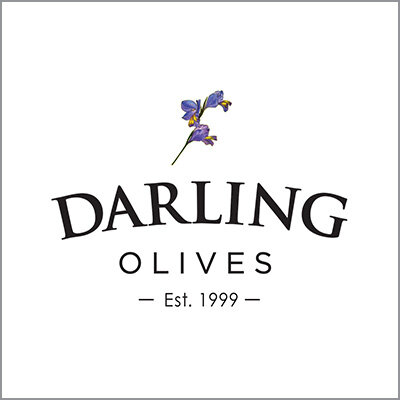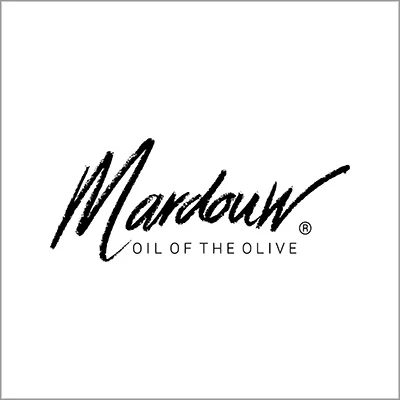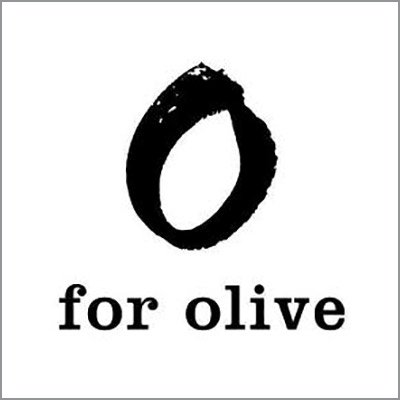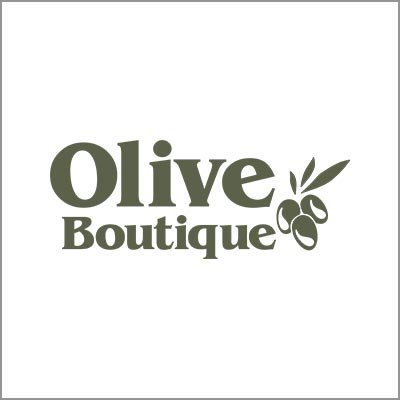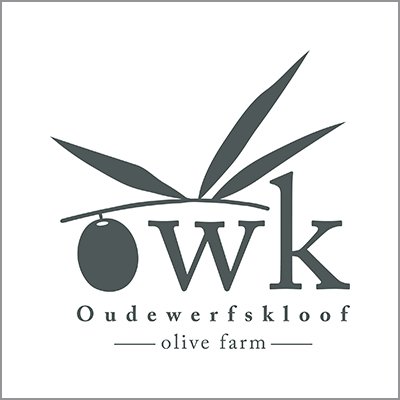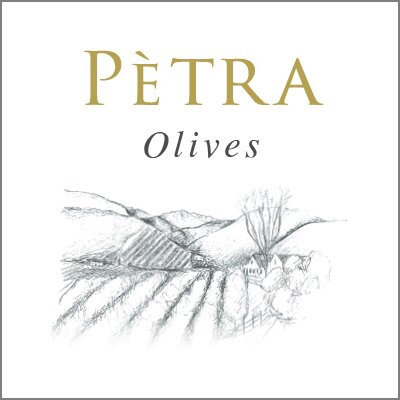With its Mediterranean climate, the Western Cape is ideal for growing olives, where commercial cultivation started over a century ago. Recently table olive production bypassed imports, making this relatively young industry one of the fastest growing in the agricultural sector. Read on and discover more about this healthy and delicious fruit...
TABLE OLIVE PRODUCERS IN SOUTH AFRICA
ALL ABOUT OLIVES
Olives have been part of the human diet since prehistoric times. The ancient practice of soaking olives in brine (salt and water) to remove the bitterness and preserve the fruit, is still used today. Eating this raw, fermented fruit in its natural state provides a potent dose of probiotics and nutrients wrapped in provocative flavour.
NATURAL
The best olives are hand picked to minimise bruising and then cured by long, slow, natural fermentation in salt and water, no additives or preservatives used.
HEALTHY
Olives are packed with probiotics, anti- oxidants, vitamins and fibre. Eating 10 - 20 olives a day will keep you feeling on top of the world, with a healthy gut microbiome.
GREEN OR BLACK
The colour of an olive depends on its ripeness. All olives start out green and become dark brown or black as they ripen. Some cultivars are best green, others ripe and black.
SERVING IDEAS
Serve whole as a snack, in casseroles and roasts, baked in bread; sliced in salads and on sandwiches; sprinkled on pastas and pizzas; or plopped into your martini.
OTHER STYLES
Tapenade (minced with garlic, oil and anchovies); seasoned paste; stuffed with pimento, garlic or anchovies; smoked; air dried whole, as chips or shredded (caviar).
MOST POPULAR CULTIVARS IN SA
There are about twenty different olive cultivars grown in South Africa but four of these are most commonly used for making table olives. Besides these, be on the lookout for Barouni, large green olives also known as Queen olives. Many olive producers will offer the opportunity to taste at source. See our Experiences page for more info.
MISSION
Originates from California. Most popular varietal in SA. Small, round shape. Good flesh to pip ratio. Picked ripe (black) for table olives. Green and ripe olives used for oil.
MANZANILLA
Originates from Spain. Larger than Mission with a round shape, hence their name “little apple”. Picked while green. Perfect for stuffing with pimento or garlic.
KALAMATA
Originates from Greece. A prized table olive variety, it has a slightly elongated shape with an elegant nose or tip. Picked ripe and at optimal firmness. Excellent taste and texture.
NOCELLARA DEL BELICE
Originates from Sicily. Larger than Mission. Picked green for table olives. Mild, buttery flavour, crisp texture and bright green appearance. Also good for oil.








